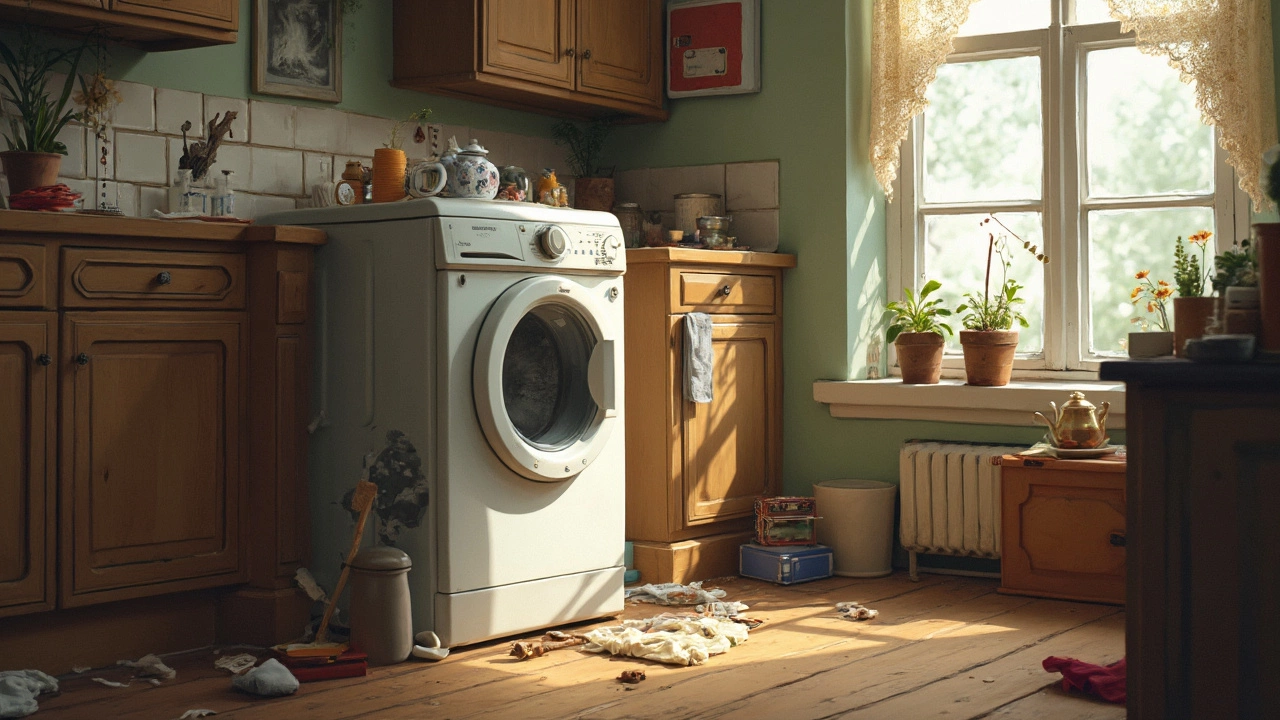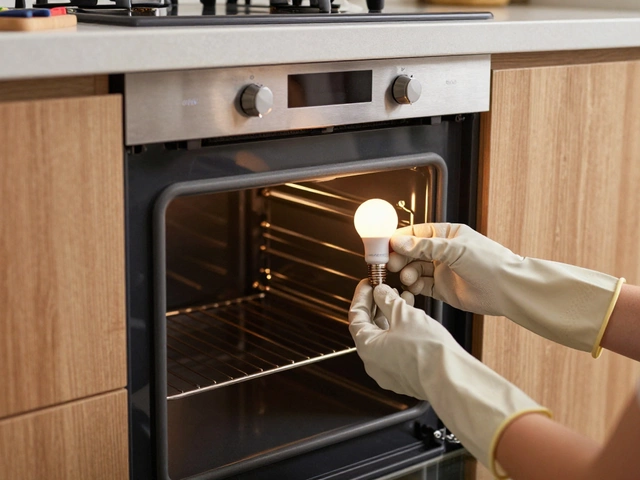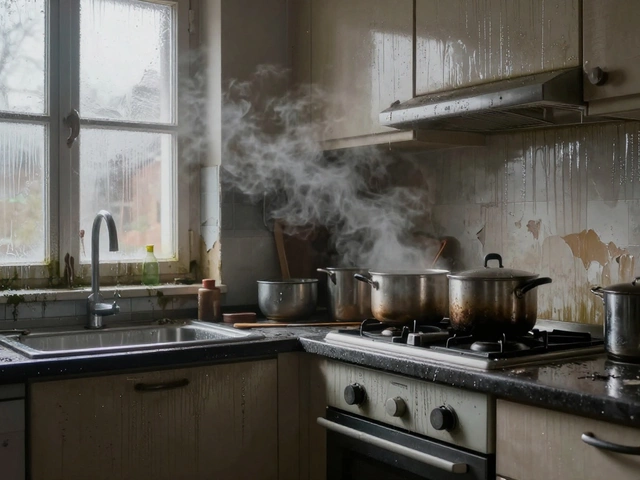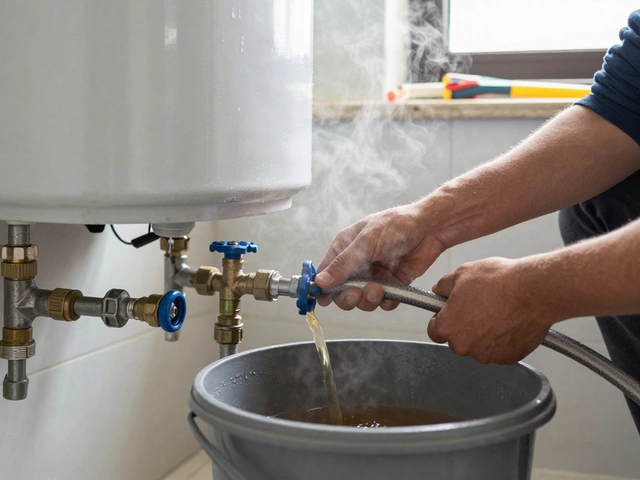Common Appliance Failures You Can Spot & Fix
If an appliance stops working, the first thought is usually to call a repair service. But many problems are easy to identify and sometimes fix yourself. Knowing the typical symptoms saves money and gets your kitchen or laundry back in action faster.
Top Failures by Appliance Type
Ovens and Stoves: The most common sign is uneven heating or a blank display. A burnt‑out heating element or a faulty thermostat often causes this. Check the element for visible breaks and listen for a humming sound when you turn it on. If the oven won’t heat at all, the door seal might be leaking heat.
Refrigerators & Freezers: Warm spots, frost build‑up, or a noisy compressor point to a problem. A clogged condenser coil is a frequent culprit – just pull the fridge away from the wall and vacuum the coils. If the freezer stops freezing, the defrost timer or fan could be stuck.
Washing Machines: Leaking water, strange noises, or a drum that won’t spin usually mean a worn belt, a blocked pump, or a broken door latch. Open the pump filter and clear any lint or debris. A quick visual check of the hose connections can stop a flood before it starts.
Dishwashers: If dishes come out soggy, the spray arms are often blocked by food particles. Remove and rinse them with a brush. A continuous running pump or a foul smell usually means the filter needs cleaning and the drain hose may be kinked.
Water Heaters & Boilers: No hot water or strange noises often mean a broken heating element, a stuck thermostat, or sediment build‑up. Turn off the power, drain a few gallons, and shake the tank – if you feel gritty particles, it’s time for a flush.
Extractor Fans (Kitchen & Bathroom): A fan that won’t turn on is usually a dead motor or a tripped breaker. Test the switch with a multimeter, and if the motor hums but doesn’t spin, the bearings may need lubrication or replacement.
Quick Diagnosis Checklist
1. Listen: Any humming, grinding, or clicking noises can point to a motor or relay issue.
2. Look: Visible cracks, burnt marks, or loose wires are red flags you shouldn’t ignore.
3. Feel: Warm surfaces, excessive vibration, or a loose door indicate seal or mounting problems.
4. Test: Use a basic multimeter to check continuity on heating elements or fuses before deciding to replace anything.
5. Reset: Many appliances have a reset button or need a power cycle. Turn the unit off for a minute, then back on – it often clears error codes.
When you’ve run through these steps and the issue persists, it’s a good sign to call a professional. Trying to force a repair without the right parts can cause more damage and end up costing more.
At Hinckley Home Appliance Repair Services, we’ve seen all these failures countless times. Our technicians can quickly confirm whether a DIY fix will work or if a part replacement is needed. Give us a call, and we’ll get your appliances humming again without any guesswork.
1 March 2025
·
0 Comments
Washing machines are a household essential, but they aren't free from problems. The most common failures often include issues like water not draining or unusual noises. Understanding these failures and knowing some basic troubleshooting tips can help extend the machine's life. Regular maintenance and timely repair can prevent small problems from becoming major issues. Discover practical solutions to keep your washing machine running smoothly.
Read more






